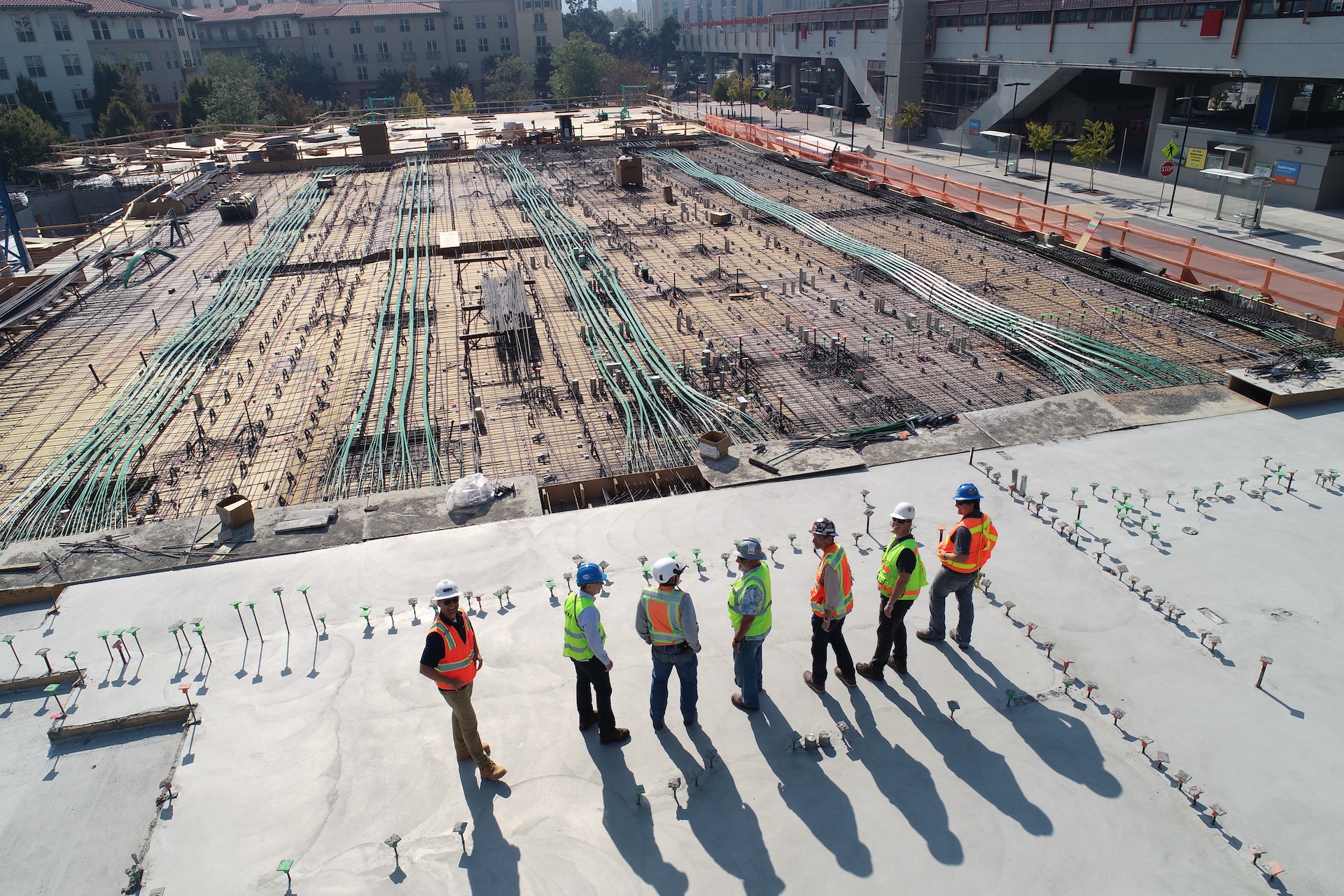5 Best Practices for Choosing the Right PVC Pipes for Underground Use

Photo by Scott Blake on Unsplash
Is PVC pipe suitable for underground applications? If it is, what is the best PVC pipe for underground usage?
Spherical Insights predicts that the global PVC market, worth $76.5 billion in 2021, will expand at a rate of 6% from 2022 to 2030 and reach $129 billion by the end of this forecast period. The same report says irrigation accounted for the largest segment (27%) of the 2021 global PVC market revenue.
So, yes, PVC pipes can be used underground. They make cost-efficient lateral irrigation pipes or the buried pipes that connect control valves to irrigation heads (rotor or spray head) in irrigation systems. PVC pipes are also used as drip lines, also typically buried underground. When activated or pressurized, they drip water out through strategically drilled holes and irrigate the soil.
Irrigation is not the sole below-ground application of PVC pipes. PVC pipes make excellent underground service lines (the pipes that connect a property to the water main) in plumbing systems and underground sewer pipes and land drains in drainage systems.
PVC pipes may be used in sewerage pipes, while variants modified for additional impact resistance are used in underground natural gas distribution lines. Utility companies also use PVC pipes as protective conduits for electrical, phone, cable, and other utility cables that must be coursed underground to route service to remote locations.
How long will PVC pipe last underground? PVC pipes have an estimated service life expectancy of more than 100 years. This is one of the reasons they are such an excellent underground piping material.
That said, it is essential to remember the following best practices for selecting below-ground PVC pipes and fittings if you want to maximize their 100-year estimated service life.
1. Choose the correct PVC pipe schedule for your application.
PVC pipes have varying wall thicknesses. In pipe-speak, this wall thickness is known as schedule.
PVC pipe schedules can range from 10 to 160 but schedules 40, 80, and 120 are the most commonly used for underground applications. The higher the schedule, the thicker the pipe wall.
Different-schedule pipes may have the same exterior diameter but have distinct interior diameters. Among pipes with the same outer diameter, the higher the schedule, the smaller the internal diameter.
Which pipe is best for underground use? It depends on the specific application. Residential plumbing and drainage applications usually call for schedule-40 pipes. Industrial applications, meanwhile, typically require 120.
Generally speaking, the deeper the PVC pipes must go underground, the thicker their walls should be. Pipes buried deeper require more backfill, so they must deal with greater backfill pressure.
2. Choose the PVC pipe with the correct pressure rating.
Remember that the thicker the pipe wall, the stronger a pipe is and the higher the pressure it can withstand. You should choose the pipe schedule that can handle your flow and pressure conditions.
Generally speaking, schedule-40 pipes have a pressure rating of 120 to 810 pounds per square inch (psi), while schedule-80 pipes are rated to handle pressures between 210 and 1230 psi. Meanwhile, schedule-120 pipes have a pressure rating of 380 to 1010 psi.
Note, too, that since higher-schedule pipes have a thicker wall and a smaller interior diameter, they have a higher flow velocity than lower-schedule pipes of the same exterior diameter. Therefore, if your application requires a faster flow rate, you should probably choose schedule-80 over schedule-40 pipes.
3. Choose the appropriate type of PVC pipe.
There are different types of PVC pipes, including unplasticized (PVC-U), chlorinated (C-PVC), molecularly oriented (PVC-O), and high impact (PVC-HI). Different PVC variants may be used in buried piping systems. However, the suitability of one over another depends on the specific application.
For instance, PVC-HI, which is PVC with a high-impact modifying agent, has been created to withstand higher pressures, e.g., up to one bar of operating pressure. This makes this variant the most appropriate for underground gaseous fuel distribution lines.
4. Use pipes that adhere to international standards.
Use only pipes that have been manufactured according to relevant standards. For instance, for underground drainage, you want pipes that meet the British Standard European Norm (BS EN) 1401 requirements for non-pressure underground drainage and sewerage PVC-U pipes and fittings.
5. Consult an expert.
There are nuances to choosing PVC pipes for underground use that someone inexperienced can miss. Consult an expert if you want peace of mind and assurance that you’re using the best PVC pipe for underground usage. You should also probably seek expert installation help.
Deciding on the Best PVC Pipe for Underground Usage
What is the strongest underground pipe? There is no single answer to this question. The best PVC pipe for underground usage varies depending on specific applications and installation conditions. As such, the best underground drainage pipe is not the best below-ground natural gas pipe, and vice versa.
Polyfab Plastic Industry LLC is a UAE plastic piping solutions company. We manufacture PVC pipes and pipe fittings according to international standards, supply the UAE and other parts of the world with PVC pipes for above-ground and underground installation, and provide expert installation support to construction industry professionals. Contact us to learn about our PVC piping services and solutions.
We're here to help
Let our specialists help you find the right piping products for your needs. Get access to expert services and top-of-the-line supplies for quality, on-time, professionally delivered projects. Get in touch with the Polyfab team today.
